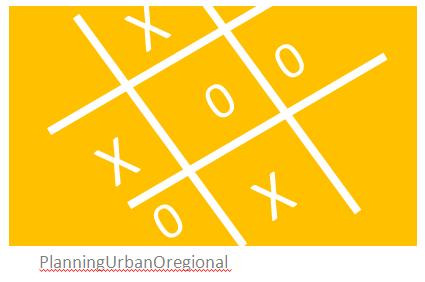Where architecture and astrology comes together!!
Is it possible to provide tailor-made architecture for individuals? Each member of a family has a particular trait, temperament, preferences and choices, when it comes to architecture and interior design some have strict preferences, some have vague idea of what they are looking for, some doesn’t even know what they want, so when an architect asks client about their aspirations, design, functionality and aesthetic choices for their new dream home, client’s responses are either based on recent impression of their architectural quest through architecture and design magazines, neighborhood villas, exploration during travel etc., while integrating little bit of their own needs with a cap of tentative budget.
Now an architect has few choices to make. One is to give client exactly what client want and keep them satisfied in terms of their design aspirations- client is happy, you get your money, job done! Another choice is to take this project as an opportunity to fulfill your own long awaited dream as an architect- you have got a wealthy client willing to invest, you got an architectural playfield to release your creative juices, go ahead and make some masterpiece, you can always justify your work through some convincing design theory or philosophy. Third choice which is apparently more transparent and holistic in nature is to delve deep into the client’s mind and personality and dig out their dormant design aspirations and help them express their feelings. How can we do that? Clients might be shy, might be dominant, might be receptive, might be stubborn, no matter what, it’s the job of architect to thoroughly understand the client’s need while deliberating possible alternatives and provide them the best tailor-made solution possible. A sensible architect strikes a balance between his or her own architectural inclination and client’s precise needs.
A basic understanding of astrological elements like sun signs, its characteristics, traits and corresponding effects on the individual’s personality, nature and behavior, aspirations, moods, aesthetic demands in terms of preferred colors, materials, etc. belonging to a particular suns sign, might help a lot to understand the clients unexpressed needs. Most of us will accept that knowingly or unknowingly we tend to choose a particular design element type and objects over another, we also tend to appreciate a particular surrounding ambiance type over another, so knowing the sun sign of client and considering their physical, psychological and aesthetic effects and traits on client’s choices while designing might give an extra edge to final architectural product including interior design. Imagine designing a unique house for a family with a unique blend of colors, material, warmth spaces etc. chosen based on their individual sun sign, amalgamating into each other catering to unspoken traits and temperament of inhabitants.
Architects and interior designers might understand the significance of basic astrology in architecture (and we are Not talking about Vastu and all here) but they won’t prefer to use it for the benefit of client, because no one asked them to do this, neither it was part of their education nor its part of their scope of work, while it adds a little challenge and thrill to their work demanding extra time which they don’t seem to have. Given a second thought you might find it a good idea and a valid reason to incorporate a little bit of sun-sign in every architecture which is private in nature, tailor-made to individuals.
By- Anoop Jha






